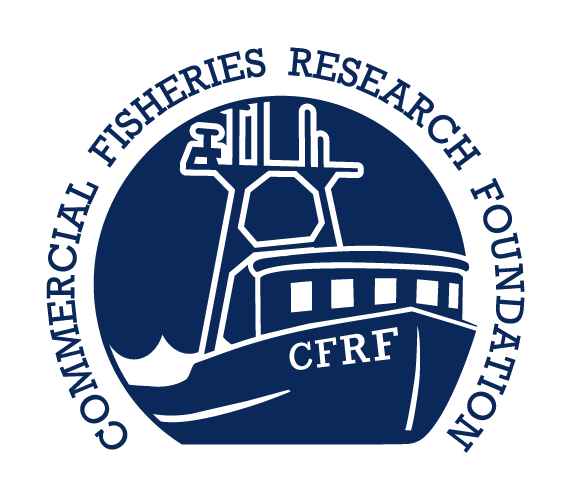Using Shells to Determine Impacts of Changing Ocean Conditions on the Atlantic Sea Scallop
GENERAL DESCRIPTION:
The U.S. Atlantic sea scallop fishery is the second most valuable fishery in the country and the largest wild scallop fishery in the world. However, managers and industry stakeholders are concerned that changing ocean conditions driven by climate change, such as warming waters and ocean acidification, will cause declines in scallop availability, harvest, and revenue. In addition, ocean acidification may cause scallops to produce thinner, weaker shells, which could further decrease their health and survival.
The goal of this project is to gain a better understanding of how changes in ocean conditions affect the survival, growth, and reproduction of scallops. We also aim to assess their vulnerability to stressors such as predators, parasites, and disease, which tend to increase as the ocean warms. We will analyze climate models and study scallop shells collected over a period of more than 40 years to determine where and when biological (predators, parasites, etc.) and environmental (temperature, acidification, etc.) stressors are most and least likely to impact U.S. Atlantic sea scallops.
Project goals:
Evaluate how the thickness, strength, and shape of Atlantic sea scallop shells change over time and across different locations, and what factors like living organisms and environmental conditions might be influencing these changes.
Determine and measure how scallops' characteristics are influenced by environmental conditions, habitat types, and natural enemy (predators and parasites) assemblages
Assess the potential of using the ScallApp application to help identify how shell traits are linked to biotic and/or abiotic stressors
Identify how sea scallop habitats overlap with different predators, how this might change in the future, and the effects of changes in scallop shells on predation
Create maps showing the time periods when scallop shell growth and maintenance will start to restrict the growth of scallops to a size suitable for harvesting or the amount of meat they produce
Project team:
Commercial Fisheries Research Foundation
Becky Smoak - CFRF Point of Contact
N. David Bethoney
University of Connecticut - Lead Institution
Catherine Matassa - Overall Project Lead
Halle Berger




